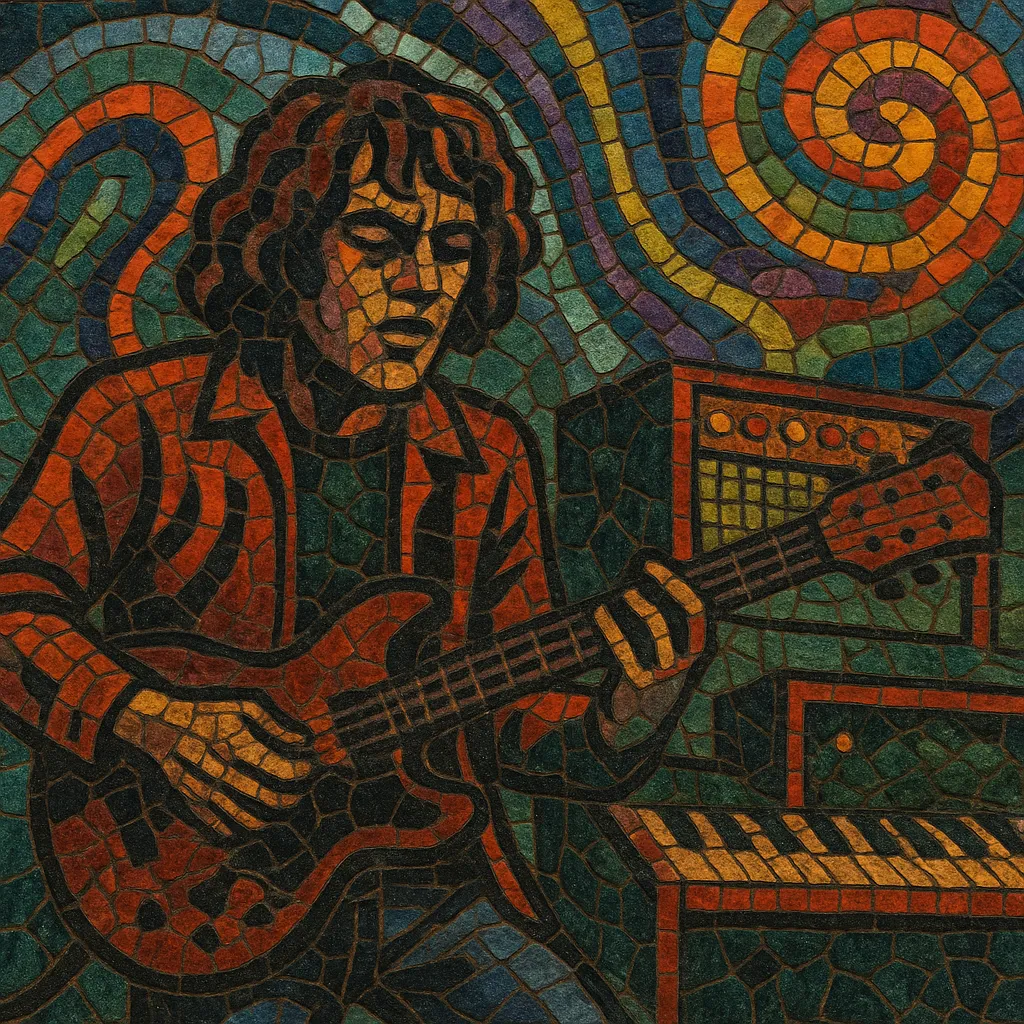
Garage psych is a fuzz-drenched fusion of raw, do-it-yourself garage rock with the kaleidoscopic textures and mind-bending aesthetics of psychedelic rock.
It favors simple, pounding rhythms; primitive, overdriven guitars; and swirling organs or tape-delayed vocals, all delivered with a lo-fi, room-mic immediacy.
Lyrically and sonically, it blends teenage angst and street-level grit with surreal imagery, reverb-heavy atmospheres, and exploratory effects, bridging the gap between bar-band energy and psychedelic experimentation.
Garage psych emerged in the mid-to-late 1960s United States when local garage bands absorbed the new sounds of psychedelic rock and pushed their gritty, blues-rooted songs through fuzz pedals, echo, and modal drones. Acts like the 13th Floor Elevators, The Seeds, The Electric Prunes, The Music Machine, and The Chocolate Watchband fused Farfisa/Vox organ vamps with fuzz-tone riffs and reverb-clouded vocals, crafting a street-level counterpart to the more ornate psychedelia of the era.
While many original bands were regional and short-lived, the style’s legacy was cemented by crate-digging and reissue culture, most famously the 1972 Nuggets compilation, which reframed 60s garage and psych 45s as a crucial proto-alternative lineage. This archival spotlight kept garage psych’s raw, exploratory spirit alive through collector scenes and underground radio.
The 1980s garage revival (e.g., The Fuzztones, The Chesterfield Kings) rekindled interest, emphasizing fuzz and swirling organ. In the 2000s–2010s, a powerful new wave—The Brian Jonestown Massacre, Thee Oh Sees (Osees), Ty Segall, The Black Angels, and Australia’s King Gizzard & the Lizard Wizard—expanded the template with heavier grooves, kraut-like repetition, and DIY production, spreading the style globally while preserving its lo-fi immediacy and psych-bent atmosphere.

